Once something of a rarity, house rendering is now the new normal across Australian suburbs. And it’s not just new homes that are receiving the rendering treatment. The relatively simple process gives old homes a new lease of life as well as a worthwhile boost in value.
Rendering has been used in Europe for hundreds of years, indeed in many countries such as several regions of France and Greece rendered houses are the norm. In fact, builders wouldn’t even consider delivering a house without render on the façade.
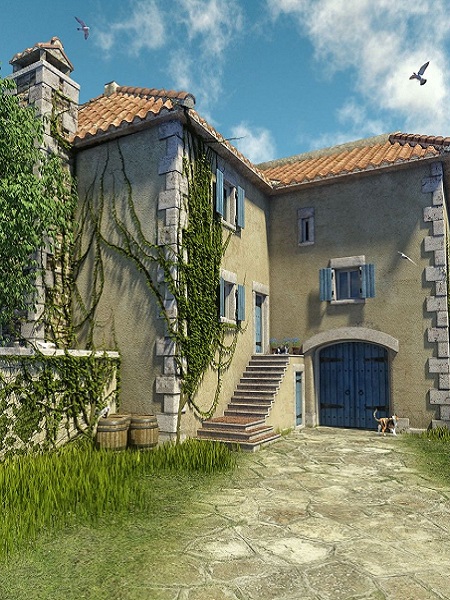
What is rendering
House rendering is the process of applying a coating such as cement or lime to a façade (exterior brickwork, blueboard, etc.) with the aim of creating a smooth (or sometimes textured) surface. Apart from its aesthetic appeal, house rendering also protects brickwork, slows the ageing process and, depending on the type of material used, can work as insulation.
While rendering was sometimes used on simple dwellings during the Colonial period, the technique has not traditionally been popular in Australia. In recent times, however, that has all changed. Nowadays, house rendering is extremely popular. Specifiers and homeowners have come to understand the aesthetic, financial and practical benefits of house rendering. Those rendering a house before and after can explain the improvement the process delivers.
Rendered houses are worth more than ones that are not. Indeed, the process can increase your home value by 10 times the amount it cost to apply, increase the life span of external walls and your façade by more than 10 years, and prevent damage caused by excess moisture.

Types of render
Cement Render
Easy to apply, fast curing, and durable, cement render mix helps prevent water damage, and also provides walls with additional strength. On the negative side, it is more rigid than some alternatives and can therefore crack. As such, cement render is not recommended for use on old buildings. It is something of an industry standard here in Australia.
Acrylic Render
Compared to some traditional renders, which can take almost a month to completely set, acrylic render will set in just 24 hours. However, it is essentially a finishing coat that should be used on top of other render materials. It is an aggregate material made up of small particles and therefore not suitable for those looking for a completely smooth finish. This is the main difference in the acrylic render vs cement render debate.
Lime Render
A traditional material, lime render is very breathable and therefore it can expand and contract without damage. This makes it particularly suited to older houses that cannot take cement render.
Polymer Render
A relatively new rendering material, polymer render allows the substrate to breath and is therefore recommended for use on most wooden or brick buildings. This feature is explained by its use of silicone water repellent.
Monocouche Render
Consisting of just a single rendering layer, Monocouche rendering is easy to apply and often used on new houses.
Bagging vs Rendering
Sometimes mistaken for rendering, bagging is a simpler, cheaper process that doesn’t actually involve completely concealing the brick work. Instead, it aims to allow these shapes and textures to be seen. In other words, bagging has different aesthetic aims than rendering.
House render colours
While house rendering is traditionally mainly white, grey or black, the addition of pigments, render paint or the use of buy pre-mixed coloured acrylic renders means that any house render colours are now possible.
Who should do your rendering?
Qualified plasterers are the best qualified to take on rendering jobs. While DIY rendering is not out of the question and there are no other particular concerns (such as safety), the results of DIY rendering jobs are unlikely to be as smooth and uniform as the professionals are able to achieve. Though you may know how to render a wall, it’s best left to the experts.
How much does it cost to render a house?
Plasterers usually charge by the square metre at between $30 to $50 per square metre. Therefore, a 300 square metre house would usually cost about $12,000 to render. You can expect to be charged slightly more per square metre for two storey homes, simply because of access difficulties and subsequent time increases to complete the job.
House rendering ideas
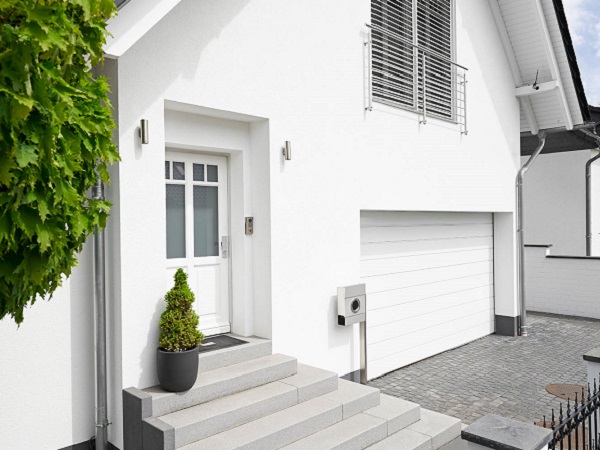
8. Traditional white rendering
The white rendering on this two-storey suburban home provides a seamless, ultra clean look and delivers a corresponding significant increase in the property’s value.

7. Rendering in traditional grey
The traditional grey colour and style of this inner city home give it solid, timeless look and appeal.
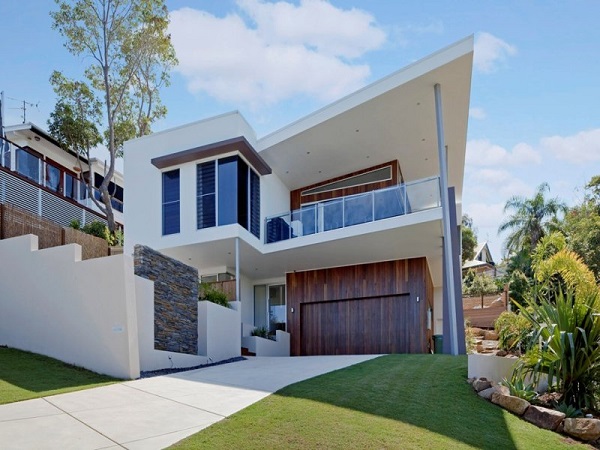
6. Architect designed home
Such is the ubiquity of house rendering these days, it is hard to imagine this architect designed home without it.
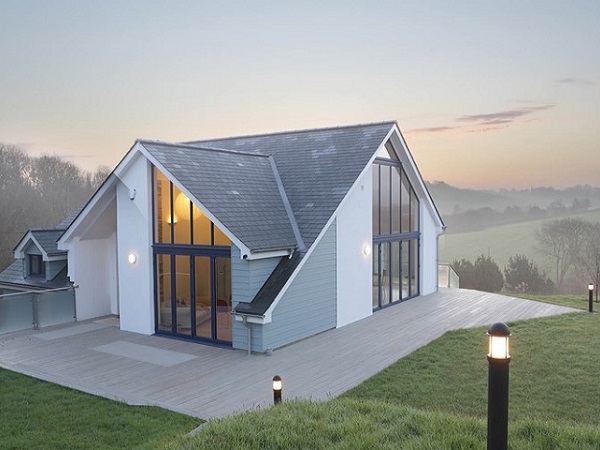
5. Rural rendered house
In this example, the rendered white sections of the façade contrast nicely with the grey unrendered sections.
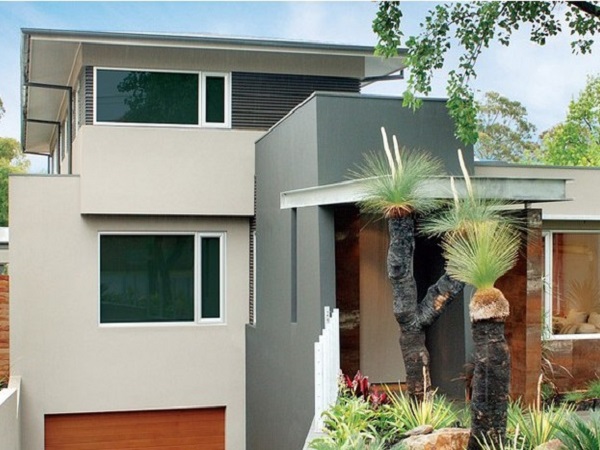
4. Sydney bush home
The greys of this rendered home near Sydney’s Ku-Ring-Gai Chase National Park appear right at home with the native vegetation.
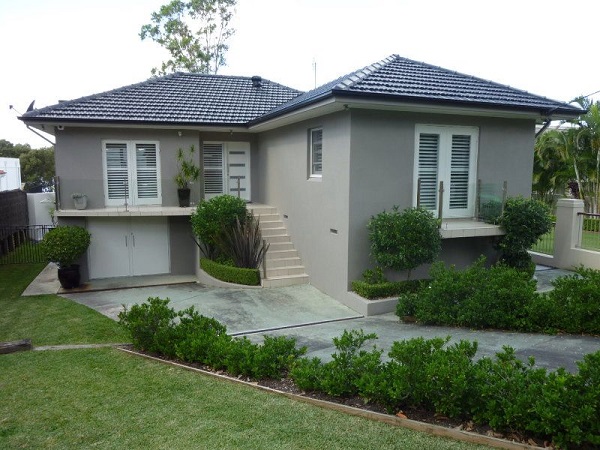
3. Renovated Bungalow
Newly rendered and renovated this suburban bungalow is ready to tackle its next 50 years. How much does it cost to paint a house exterior Australia.

2. Rendered modern terraces
Sleek and functional, these new terraces are a new feature of Australian suburban living.
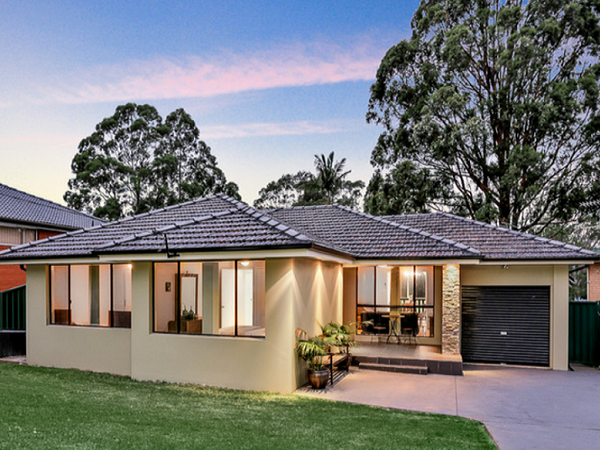
1. Rendered three-bedroom house
Smooth and uniform, this house is typical of the finish that rendering delivers. This is a typical brick house exterior makeover Australia.

